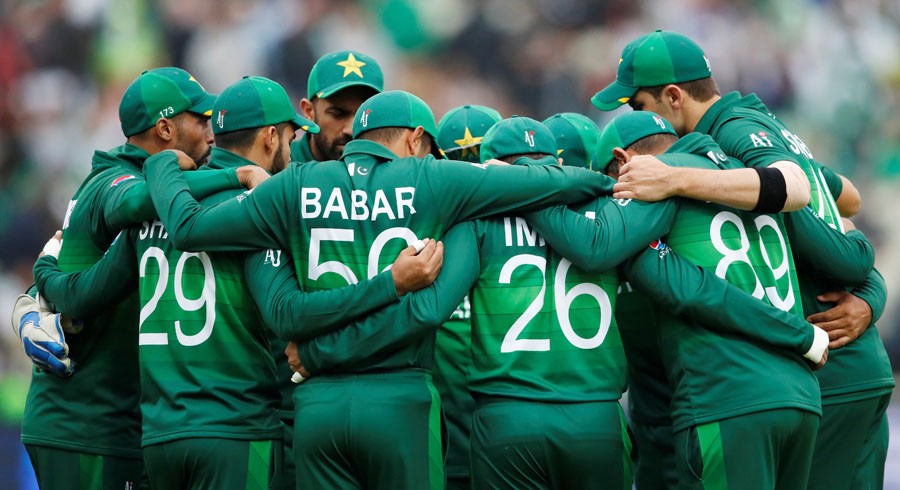For the second time in 11 months, Babar Azam has resigned as Pakistan’s captain. The merry-go-round of captaincy should end with him stepping down from the One-day International and T20I positions, if sanity prevails.
However, experience has shown that this is seldom the case in Pakistan cricket.Since taking charge as T20 skipper in October 2019, before he was handed the reins of the Test and One-Day International teams, Babar’s stint as skipper — which lasted a total of four years, four weeks and a day, before his first resignation back in November last year — was probably the only stable thing in Pakistan cricket.
Despite his reinstatement as the limited-overs captain in March this year, fractures in the team were evident. A few months later, Pakistan suffered perhaps their most shocking defeat in international cricket at the hands of virtual newcomers.
On a sweaty June afternoon, the United States of America had registered their maiden victory over the T20 World Cup favourites. It was, undoubtedly, Pakistan cricket’s worst-ever moment.The defeat was swiftly followed by reports of rifts between players, who were said to have formed separate groups within the dressing room.
A team that, despite all its frailties and the subsequent criticism levelled against it, had at least united under Babar Azam, seemed to be coming apart at the seams.
This was not an isolated incident, being preceded and followed by other humbling defeats, which eventually prompted the Pakistan Cricket Board (PCB) to hold a ‘Connection Camp’ last month, aimed at fostering team unity. Babar’s resignation came days after that camp, with the star batter saying he now wanted to focus on contributing to the team as a player.
The shock in Dallas had come seven months after another “worst-ever”; with Afghanistan similarly making history against Pakistan in Chennai during the ODI World Cup. That defeat came amid reports that then-PCB chief Zaka Ashraf had been ignoring Babar’s phone calls and messages in an apparent attempt to break the skipper’s power hold.
“What the players do is a reflection of what happens in the PCB,” a member of the Pakistan dressing room during the World Cup in India told Dawn when asked what makes lobbying among players such a recurring phenomenon.“For such things to not happen, the PCB needs to be a more stable organisation. It has to have a vision; a long-term plan in order to create a sense of security among players.”
PCB’s incumbent chief Mohsin Naqvi has attempted to restore some semblance of order since taking over earlier this year, becoming the first elected chairman after 13 months of interim regimes. But even his tenure has been marred by the stunning recent Test whitewash, at home no less, by Bangladesh.
Dawn sent a detailed questionnaire to PCB chief Mohsin Naqvi, as well as the board’s media managers, asking for responses to the contentions raised in this article. After initially agreeing to comment, no response to the queries was received for several days, until the filing of this report.
While the loss to Bangladesh was a shocker for many and lifted the veil from Pakistan’s woes, for more pragmatic onlookers, it was a simple case of “as you sow, so shall you reap”.In fact, Pakistan cricket has perfected its recipe for disaster: a spoonful of instability, a dash of insecurity, cooked on the flames of incompetence.
Bureaucrats, politicians, retired army officers, diplomats, and even journalists have sat in the PCB chairman’s seat at some point. The post is known to be a reward for those who please the powers that be in one way or another.
But while the PCB’s past constitutions have allowed its chairmen a tenure of three years, the board has been run by four men in the short span of two years since 2022.After Ramiz Raja took over from Ehsan Mani following the end of the latter’s tenure in September 2022, he was replaced by Najam Sethi — a former PCB chairman himself — a little more than a year later.


